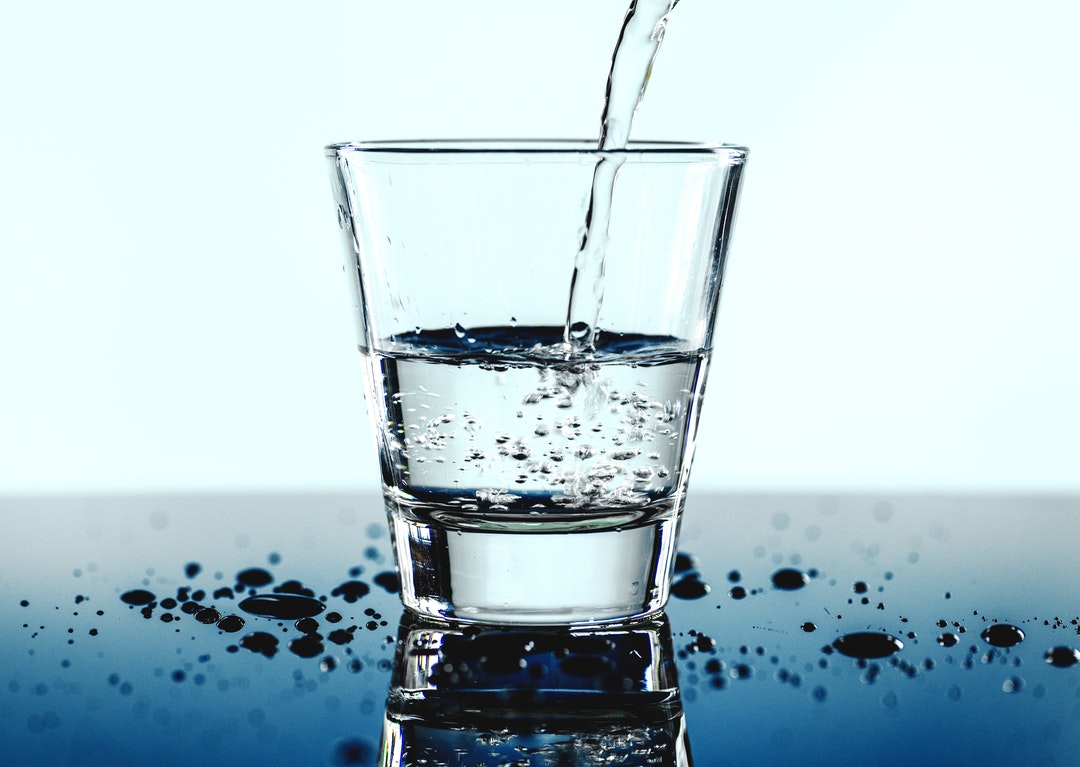Believe it or not, 60 percent of the human body is water. That’s why it’s so important to stay adequately hydrated.
Clean drinking water is something most of us take for granted. After all, turn on any faucet in your kitchen or bathrooms and you are provided with a seemingly endless supply of all the water you could possibly want to drink.
But not everyone is fortunate to have healthy tap water. This article takes a look at how to filter water so that it’s safe to drink. Keep reading to get the inside scoop on the best way to make water clean.
Distillation
The first method for producing clean, drinkable water is distillation. This is a process that heats the water, turning it into steam. The steam is then collected and returned to liquid form.
Distillation is effective at removing most bacteria and minerals. The drawback of this method of water purification is that it requires more energy than other methods due to the fact that the water must be heated.
Filtration
Water filtration is a process where the water is run through a filter for removing impurities. There are a variety of filtration methods, including particulate/mechanical filter and adsorption/activated carbon.
This is a rather simple process and can be accomplished through a filtration system attached directly to your tap, the water line in your refrigerator, or a carafe with a “pour-through” filter.
For more information on great filtration options check out Filtap.
Chlorination
This process involves adding chlorine to your water supply. This chemical is effective for killing germs, parasites, and a variety of disease-causing organisms that are often found in drinking water.
Before adding chlorine to your water, make sure the water is heated to 21 degrees Celsius or higher.
Boiling
Boiling drinking water is the least expensive and safest form of water purification. The process is a simple matter of bringing the water to a rolling boil for 1-3 minutes. Though this method is effective, it’s also a bit of an inconvenience.
Ultraviolet (UV) Treatment
Ultraviolet treatment uses UV light to eliminate germs present in your water. This is a highly effective form of water purification. In fact, it’s the only water treatment method certified by the National Sanitation Foundation International for killing bacteria.
Reverse Osmosis
This is a process that forces the drinking water through a membrane that filters out any molecules larger than water molecules.
This is effective for reducing minerals but isn’t as effective at filtering out chlorine or volatile organic compounds.
It’s important to understand that reverse osmosis filtration systems are typically expensive and inefficient, making them an unappealing option.
Softeners/Ion Exchange Units
Water softeners are used to reduce hard metals in drinking water. As the water passes through the ion exchange unit, any hard metal present is replaced by sodium ions, helping to make the water softer and saltier.
How to Filter Water to Make it Safe for Drinking
Making sure that your family has clean, safe drinking water is of utmost importance. Fortunately, this guide to how to filter water will help keep them happy, hydrated, and healthy.
Keep scrolling to discover more great lifestyle tips and advice.



